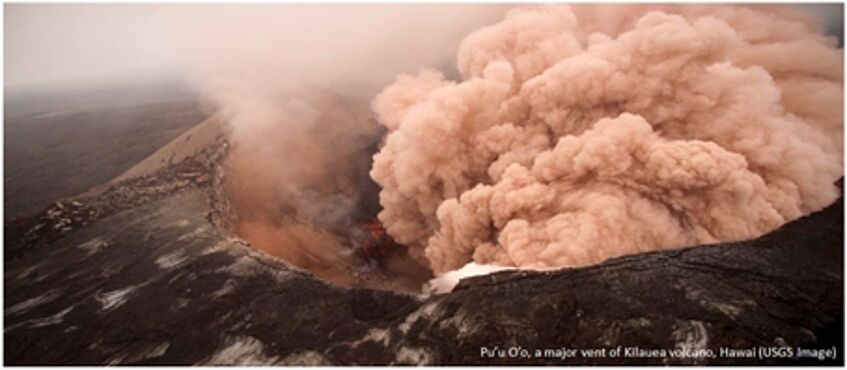Numerical modelling of restless caldera volcanoes
2016-2019: funded by the FGGA, Emerging Field Grant (University of Vienna)
Principal Investigators:
Martin Schöpfer (University of Vienna)
Bernhard Grasemann (University of Vienna)
Theodoros Ntaflos (University of Vienna)
University Assistant (Prae-Doc):
Daniel Woodell (University of Vienna)
Collaboration:
Eoghan HOLOHAN (GFZ Potsdam)
Description:
Calderas are volcanic depressions of 1 – 100 km diameter that form through catastrophic subsidence of the Earth’s crust, as a magma reservoir drains during a major eruption and its roof founders.
After collapse, the magma systems powering the volcano commonly recharge: this re-supply of magma at depth causes uplift of the subsided part of the caldera and leads to faulting and new eruptions at the surface.
The structure of calderas is poorly understood, mainly because they are usually rapidly in-filled by debris and volcanic material.
Moreover, calderas are a special case in structural geological terms, for two reasons.
Firstly, their formation and unrest are often characterised by highly discontinuous strains (i.e. by large displacements upon fault or fracture systems).
Secondly, the deformation associated with them is fundamentally 3D in nature. Therefore any fuller understanding of faulting in these systems should ideally be based upon techniques that can simulate large discontinuous strains and/or that can resolve deformation in 3D.
The potential importance of discontinuous strains and three-dimensionality has come increasingly into focus in recent research on volcanoes, as researchers seek to find physical explanations for intriguing geodetic signals and highly unusual seismic events at active caldera volcanoes (Holohan et al., 2013).

Pu’u O’o, a major vent of Kilauea volcano, Hawaii (USGS Image)
